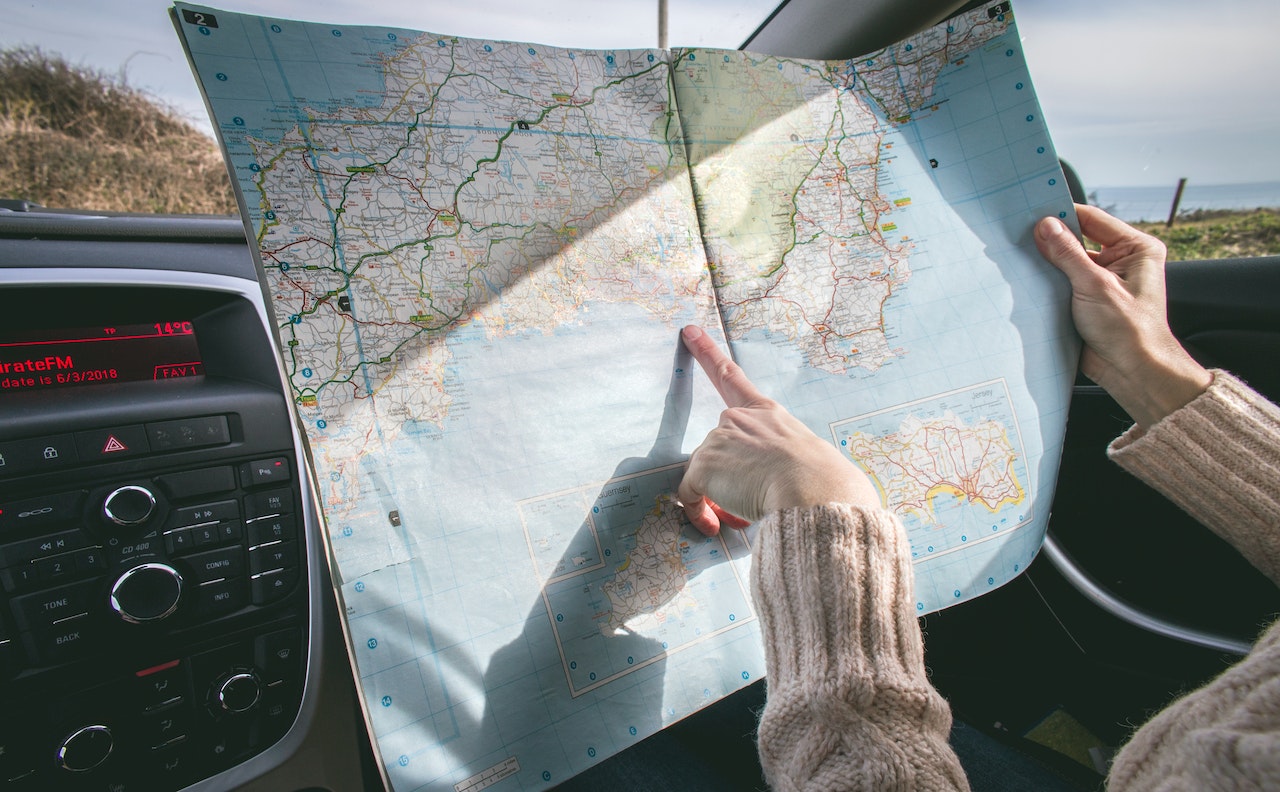GPS navigation systems and smartphones at our fingertips, the idea of relying on a paper map might seem antiquated. However, when it comes to emergencies, having a paper map can prove to be an invaluable resource. Whether you’re navigating through a sudden loss of technology, a natural disaster, or simply finding yourself in an unfamiliar area, the benefits of having a paper map are undeniable.
Technology reliability:
While GPSand smartphone navigation are incredibly convenient and accurate under normal circumstances, they are not infallible. during emergencies, power outages, signal disruptions, or device failures can render digital navigation tools useless. a paper map, on the other hand, doesn’t rely on batteries, signal towers, or wi-fi connections. it remains a dependable tool that can guide you when technology fails.
Continuous access:
Paper maps don’t require an internet connection to function. This is particularly crucial in remote areas, where network coverage might be spotty or nonexistent. In emergency situations, being able to access information without relying on digital resources can mean the difference between getting lost and finding your way to safety.
Overview and context
Paper maps provide a broader view of your surroundings compared to the limited screen of a smartphone. They allow you to see the lay of the land, identify nearby landmarks, rivers, roads, and other features that might aid in your navigation. Having this comprehensive perspective can help you make informed decisions about which routes to take or avoid during an emergency.
Using a paper map encourages the development of basic navigational skills. You’ll become more familiar with cardinal directions, map legends, scales, and contour lines. This knowledge can empower you to navigate confidently, even if you’re in an unfamiliar area or dealing with challenging terrain.
Long battery life:
In dire situations, conserving the battery life of your electronic devices is crucial. By relying on a paper map, you can preserve your device’s battery for essential communication, emergency calls, or other critical tasks.
Durability and resilience:
Paper maps are surprisingly durable and resilient. They can withstand exposure to water, dust, and physical wear and tear better than most electronic devices. This durability ensures that your map will remain functional even in adverse conditions, giving you a reliable tool when you need it the most.
Mental preparedness:
Having a paper map readily available can contribute to a sense of mental preparedness and confidence. Knowing that you have a tangible backup plan can alleviate anxiety during emergencies, enabling you to focus on your safety and that of your companions.
Nostalgia and cultural connection:
Using a paper map can evoke a sense of nostalgia, reminding us of a time when physical maps were the primary means of navigation. It can also foster a connection to local culture and geography, as paper maps often showcase unique features, historical sites, and geographic details that may not be readily available on digital platforms.
While modern technology has undoubtedly revolutionized navigation, the benefits of having a paper map in an emergency cannot be overlooked. Its reliability, independence from technology, and ability to provide a comprehensive overview make it a crucial tool for anyone venturing into unfamiliar territory or facing unexpected situations. Embracing the time-honored tradition of using a paper map ensures that you’re well-equipped to navigate through life’s uncertainties, providing both practical assistance and a reassuring sense of preparedness.

